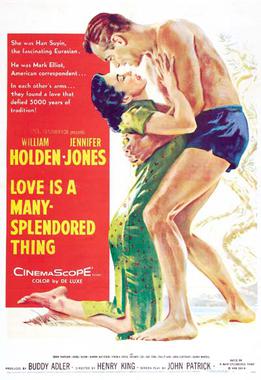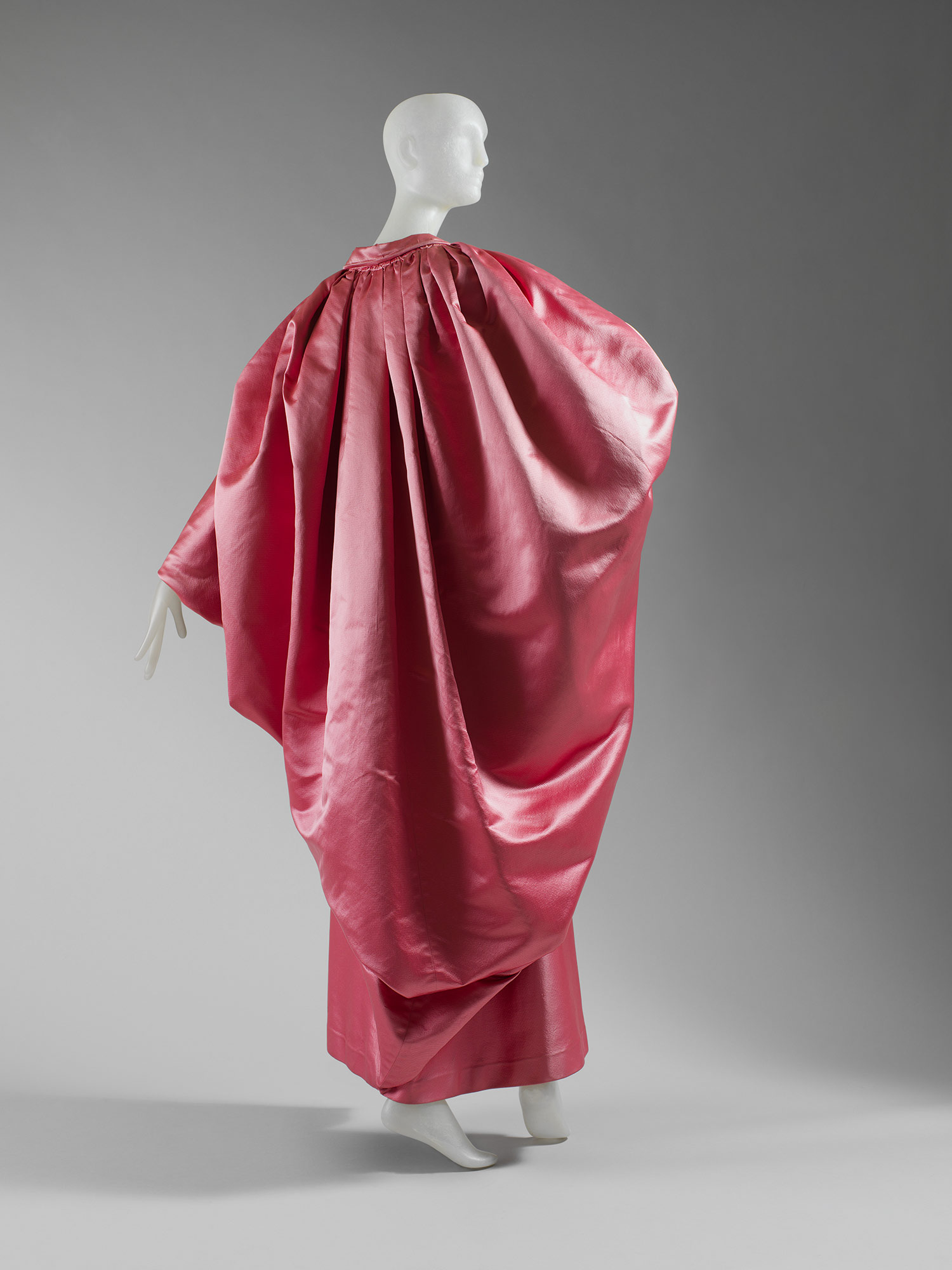This year’s big Costume Institute exhibit, China: Through the Looking Glass, broke the attendance record previously set by Savage Beauty in 2011 to become the Met’s most-visited costume exhibit. (See WWD.) Andrew Bolton’s catalogue, illustrated with original photography by Platon, is available from Yale University Press.

Andrew Bolton, China: Through the Looking Glass. Fashion, Film, Art (2015) Image via Yale University Press.
One of the show’s major draws was Wong Kar-wai’s art direction, with styling by William Chang Suk-ping. (See Rosemary Feitelberg, “Chinese Arts Examined at the Met” or read the press release here.) Like Matthew Weiner’s Mad Men and mid-century American dress, Wong Kar-wai’s In the Mood for Love (2000) and 2046 (2004), with costume design by William Chang, have virtually defined the image of mid-century Hong Kong fashion.
It’s possible to find vintage sewing patterns showing a Chinese influence, especially cheongsam patterns, from about the 1950s on. The earliest Vogue patterns I’ve found that show a Chinese influence date to the early 1960s.
Two circa 1962 Vogue patterns I’ve had in the shop got me thinking about early ’60s Chinoiserie. One is for a cheongsam and pants, the other for a cocktail dress and sheer cape or ‘Ming’ stole:
Interestingly, although Vogue 5571 is clearly a pattern for a cheongsam or qipao, the envelope text says nothing to identify the garment as Chinese. Vogue 5648, on the other hand, calls its voluminous coverup a ‘Ming’ stole—a garment for which I can find no evidence whatsoever.
The Ming Dynasty (1368-1644) is known for its voluminous clothing. Vogue 5648’s Ming stole has deep, two-piece sleeves and back fullness released from gathers at the neckline. Here’s the back view:
The back neckline detail recalls this Balenciaga evening wrap featured in an earlier Costume Institute exhibit, Orientalism: Visions of the East in Western Dress:
By contrast, the instantly recognizable cheongsam or qipao is a product of the modern period, a hybrid garment with a complex history traceable to Manchu dress in the Qing Dynasty (1644-1911).
Vogue Patterns’ mid-century Chinoiserie seems inseparable from the context of the Cold War. In 1962, it had been just over a decade since Mao’s 1949 proclamation of the People’s Republic of China. The Hollywood films Love Is a Many-Splendored Thing (1955) and The World of Suzie Wong (1960) had helped popularize the cheongsam in the West with their depictions of love affairs between an American man and a qipao-clad Chinese woman in mid-century Hong Kong.

Jennifer Jones wears a cheongsam on the poster for Love Is a Many-Splendored Thing (1955) Image via Wikipedia.

Nancy Kwan wears a cheongsam (upper left) on the poster for The World of Suzie Wong (1960) Image via Business Week.

Nancy Kwan on the cover of Life magazine, October 24, 1960. Image via the Chinese Historical Society of America.
For more on the cheongsam/qipao see Juanjuan Wu, “Reinvented Identity: The Qipao and Tang-Style Jacket,” chapter 6 of Chinese Fashion: From Mao to Now (Berg 2009).
For discussion of the exhibit see Holland Cotter, “In ‘China: Through the Looking Glass,’ Eastern Culture Meets Western Fashion” and Susie Bubble, “Through the Chinese Looking Glass.”
Happy Labour Day, everyone!
Tagged: 1960s, Chinoiserie, exhibitions, Labour Day, Mad Men era, orientalism, Vogue Patterns




